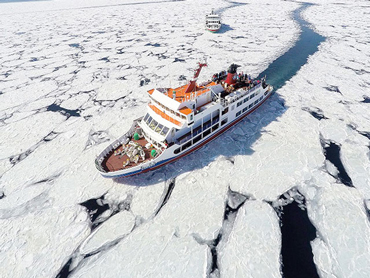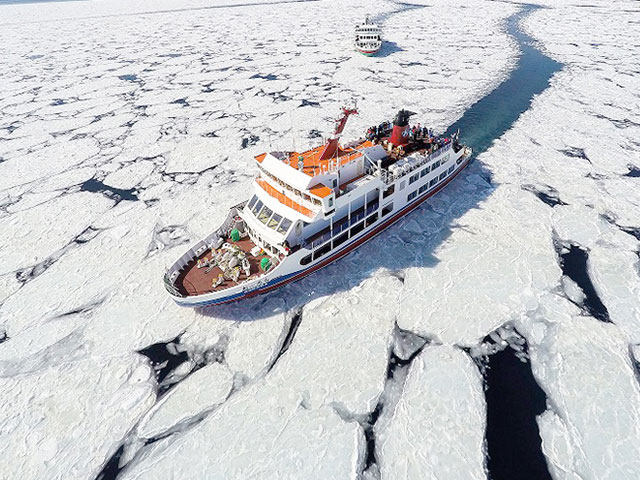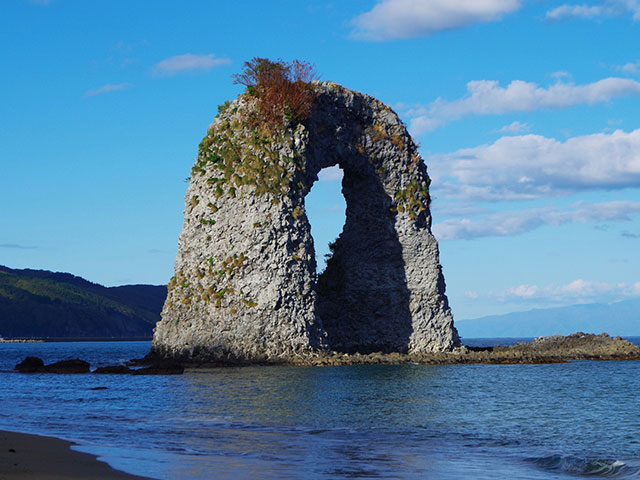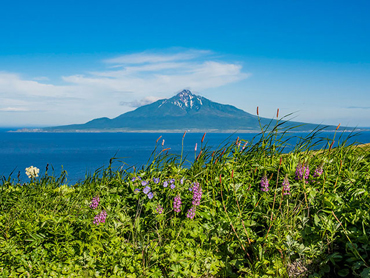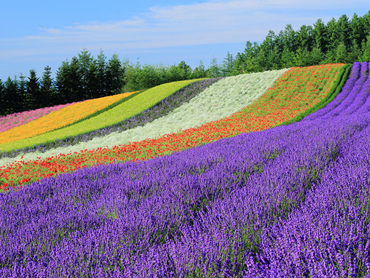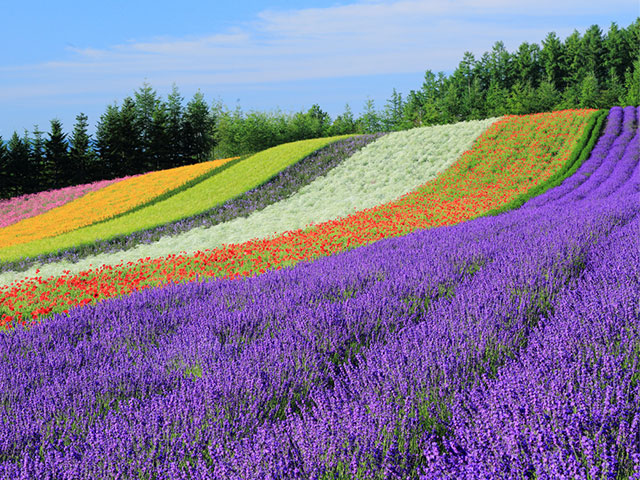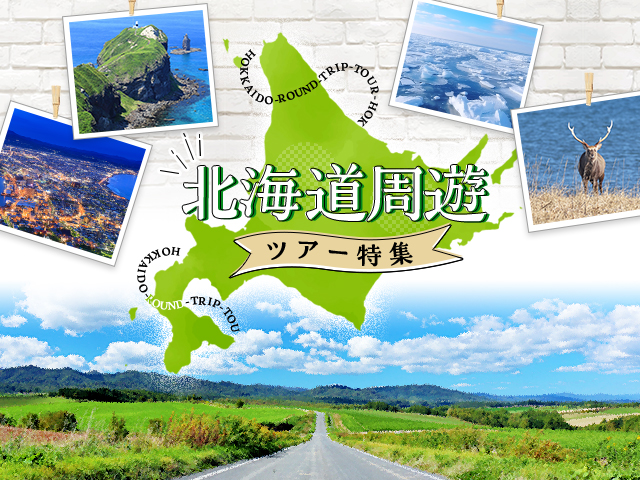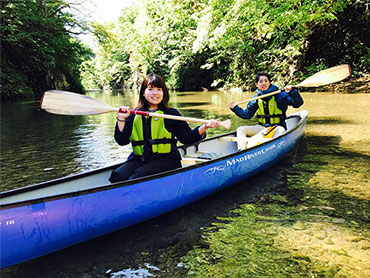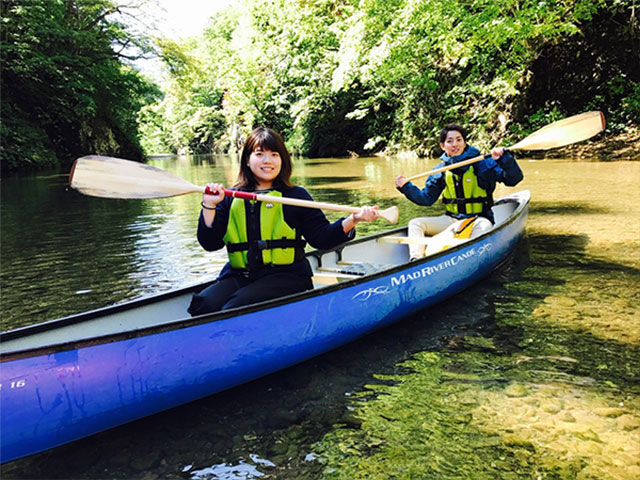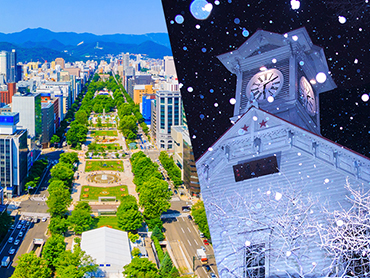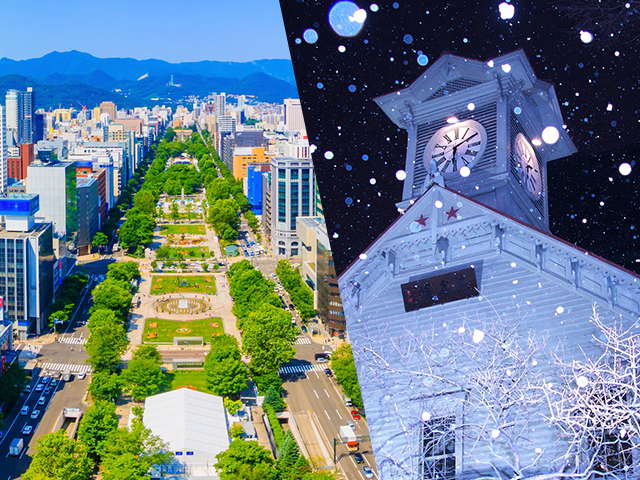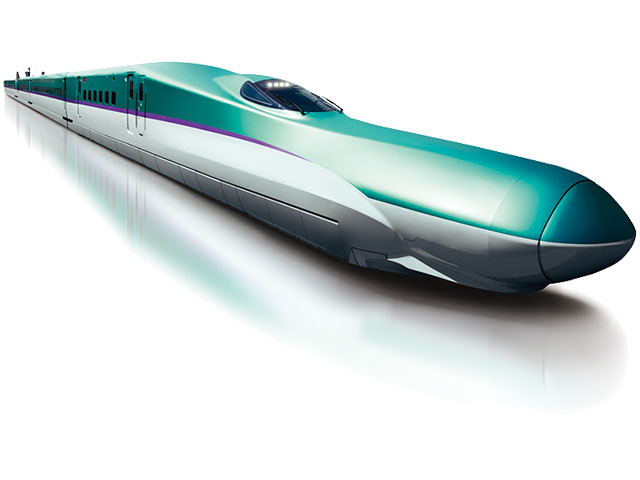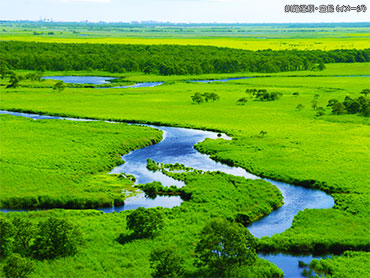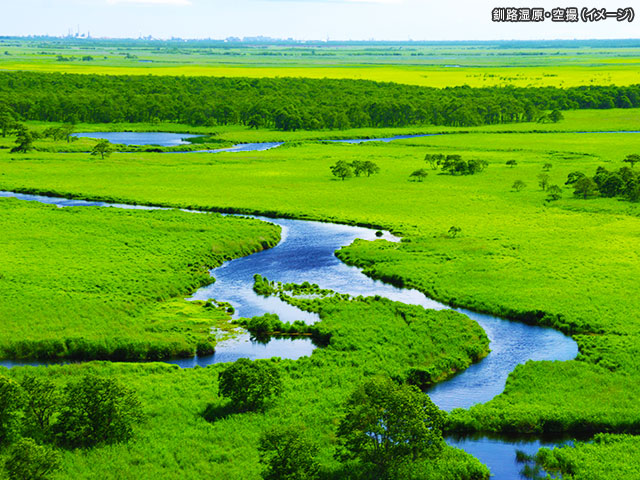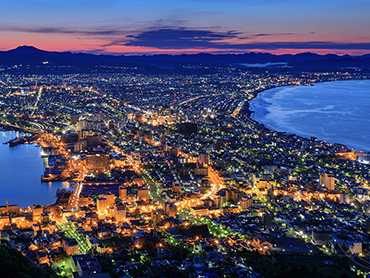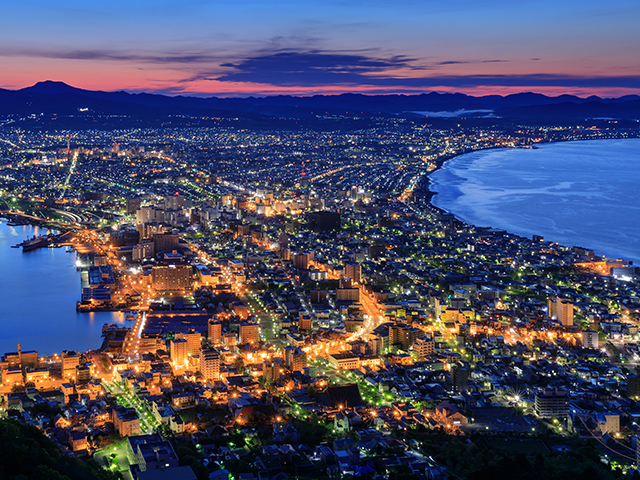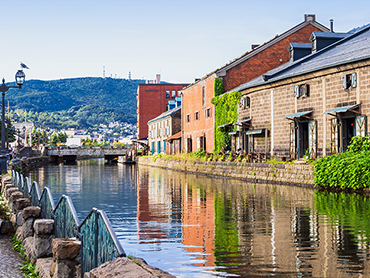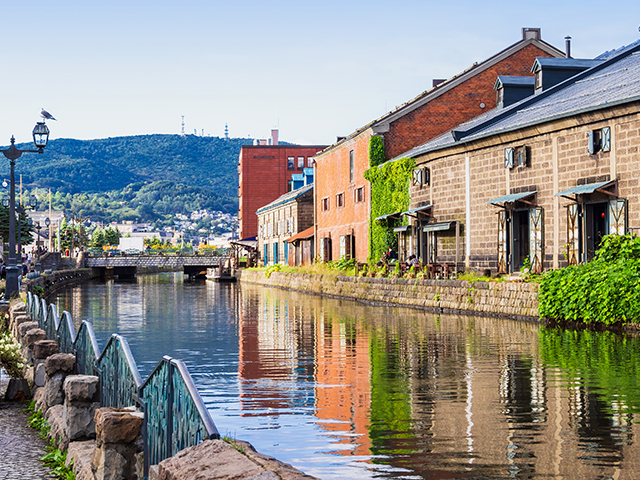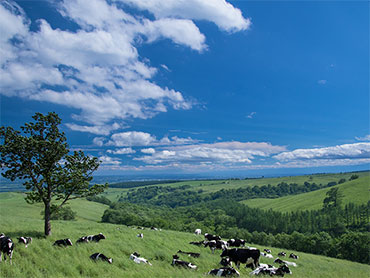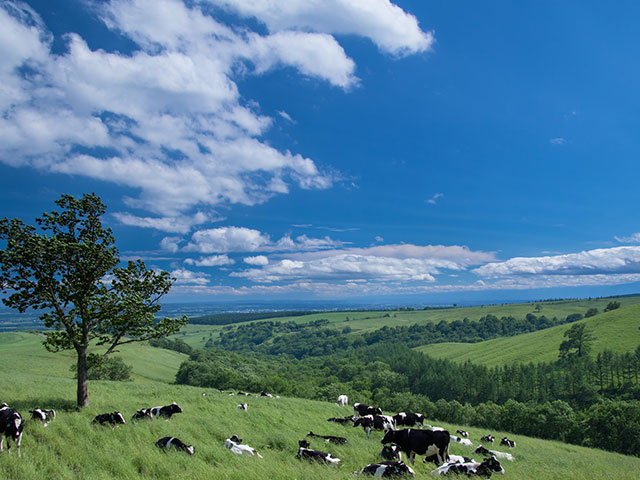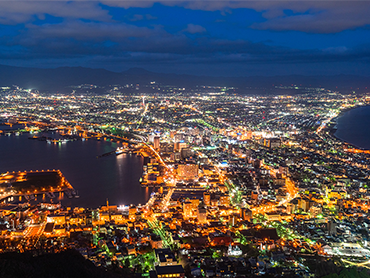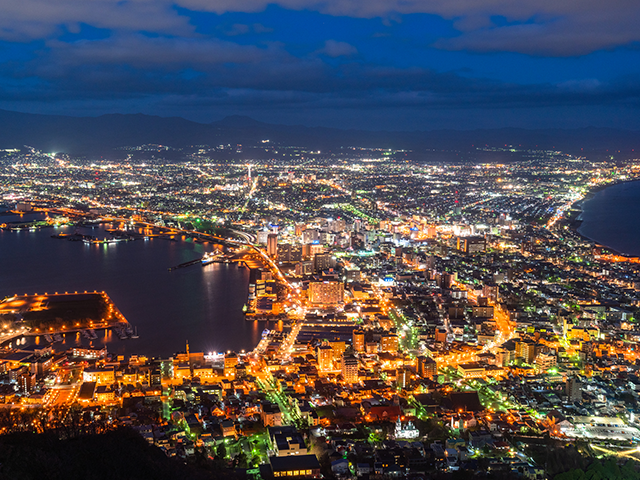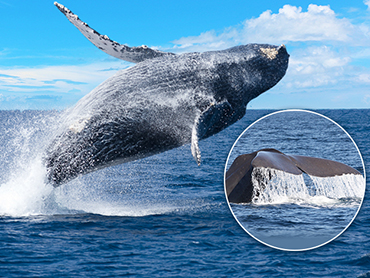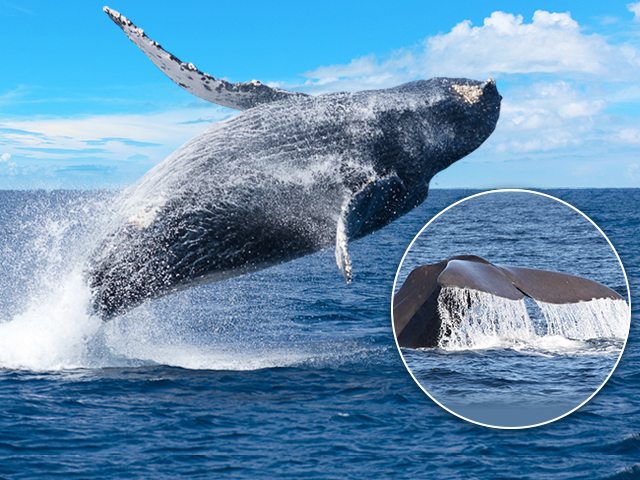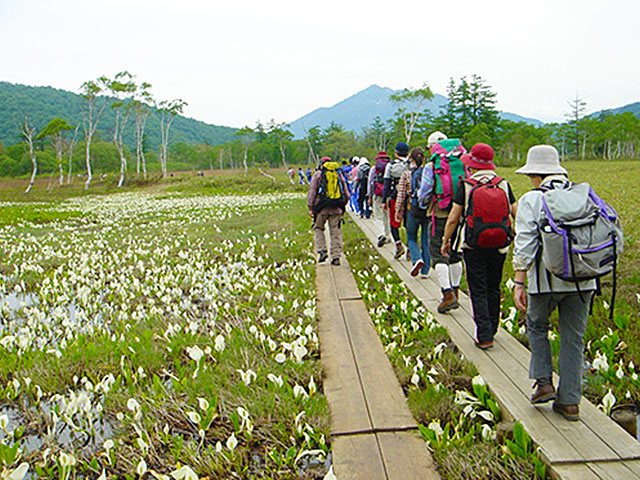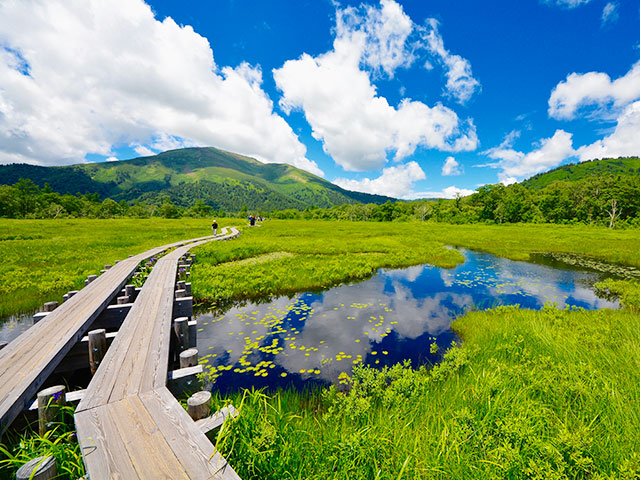Introduction to Shiretoko | Shiretoko Travel and Shiretoko Tours
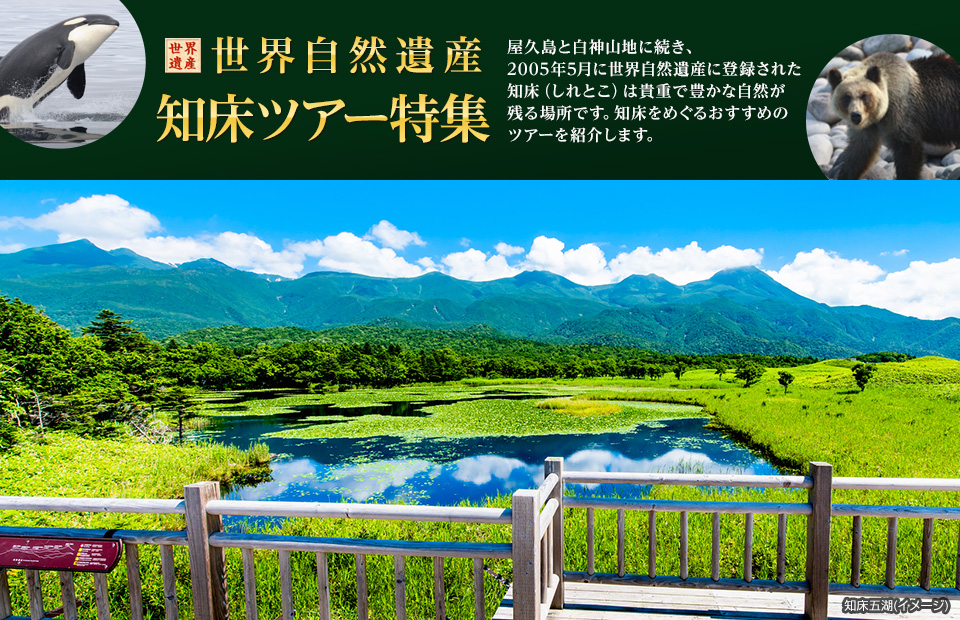

Club Tourism 's Hokkaido World Heritage Shiretoko sightseeing tours and trips! Shiretoko, registered as a World Natural Heritage site, is a precious and rich natural area. We introduce recommended sightseeing tours around Shiretoko, which is full of attractions such as Shiretoko Goko Lakes, drift ice, hot springs, and fresh seafood.
It is located in eastern part of Hokkaido, at the very edge of the area known as Michihigashi. It is approximately 25km wide and 70km long, and is large enough to fit 15,200 Tokyo Domes.
The name is derived from the Ainu word 'Sir-etok,' which means 'the edge of the earth,' 'a protrusion of the land,' or 'a dead end or tip.' This term was adapted into a Japanese place name.
The tip of the peninsula, including Shiretoko Cape, Japan's northeasternmost point, is designated as Shiretoko National Park, and much of its natural beauty remains intact as Japan's last frontier.
Introducing the highlights and most scenic spots of Shiretoko!
Shiretoko Goko Lakes


※冬期間は通行止めとなります
大小五つの湖で、一湖から五湖の名前がついています。
高架木道と地上遊歩道があり、高架木道は全長約800m。一湖湖畔まで行くことができます。湖に映る知床連山や遙かに広がるオホーツク海など、知床五湖の魅力を気軽に体験することができます。
地上遊歩道は一周約3kmのコースで、期間により利用条件が異なります。晴れて穏やかな日には、湖面に美しく知床連山が浮かび上がります。ヒグマの出没状況により閉鎖になる場合があります。
Search for tours here
Shiretoko sightseeing boat


知床半島を海から眺めるのも楽しみ方のひとつ!通常ツアーでは約1時間30分の硫黄山航路にご案内します。海上からしか眺められない奇岩群やフレペの滝の全体像をお楽しみいただけます。
約3時間45分かけて知床半島の突端まで行く知床岬航路にてご案内するツアーもございます。
Search for tours here
What to see in Rausu
Search for tours here
Wildlife of Shiretoko

知床・羅臼の海では夏、日本国内では稀な雄のマッコウクジラがやってきます。体長15メートルを超え、深く潜水する際に尾びれを高く上げて豪快にダイブする姿は圧巻です。

個体数が激増し、生態系の不安定化や農作物への獣害問題も発生しています。主要な天敵はヒグマなどです。

日本最大の陸上動物です。サケ・マスを食すシーンでよく見るのは知床半島のヒグマです。

アイヌの人たちに「クンネレクカムイ」(闇に鳴く神)と呼ばれてきたエゾフクロウ。全長約50cm、翼長約100cmで、北海道に生息するフクロウの外見は白っぽい色をしています。










